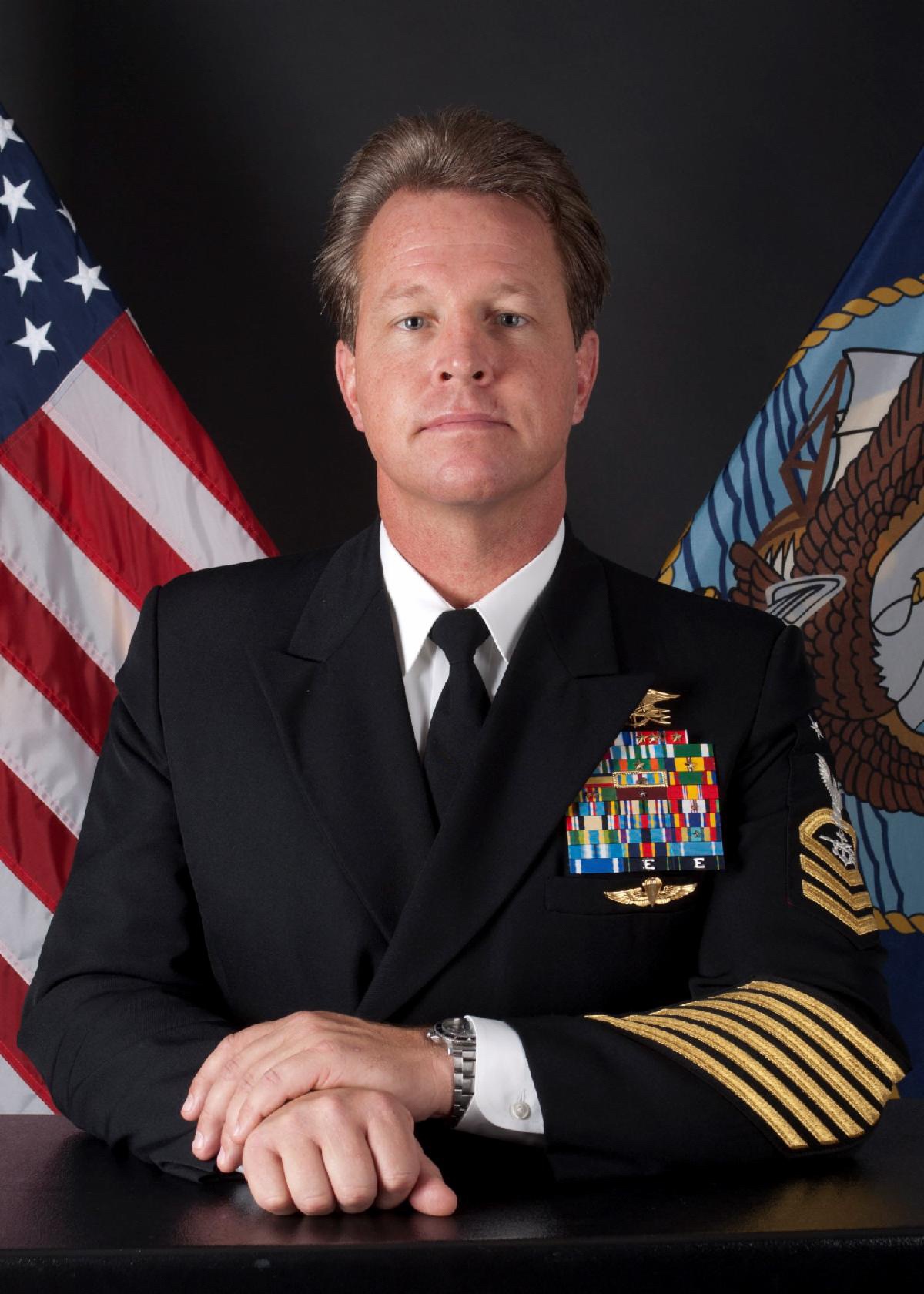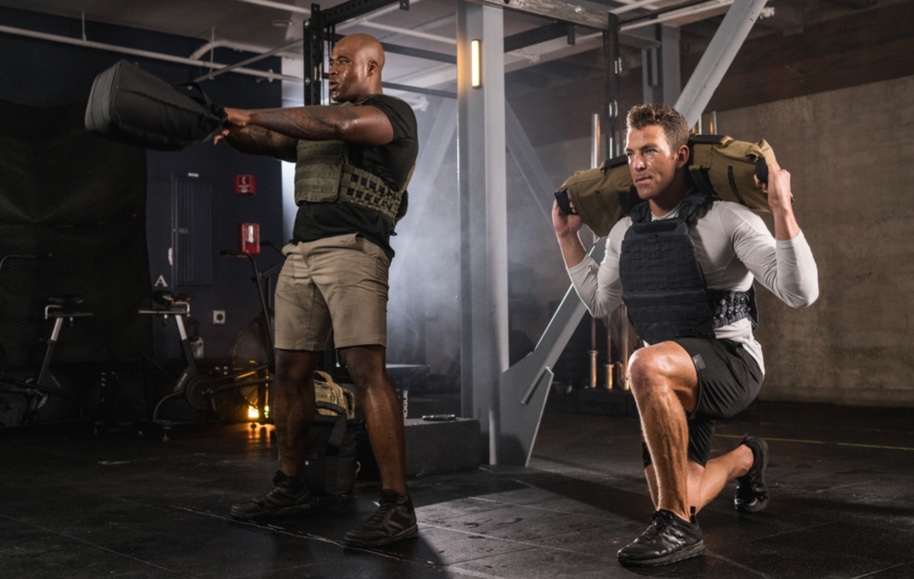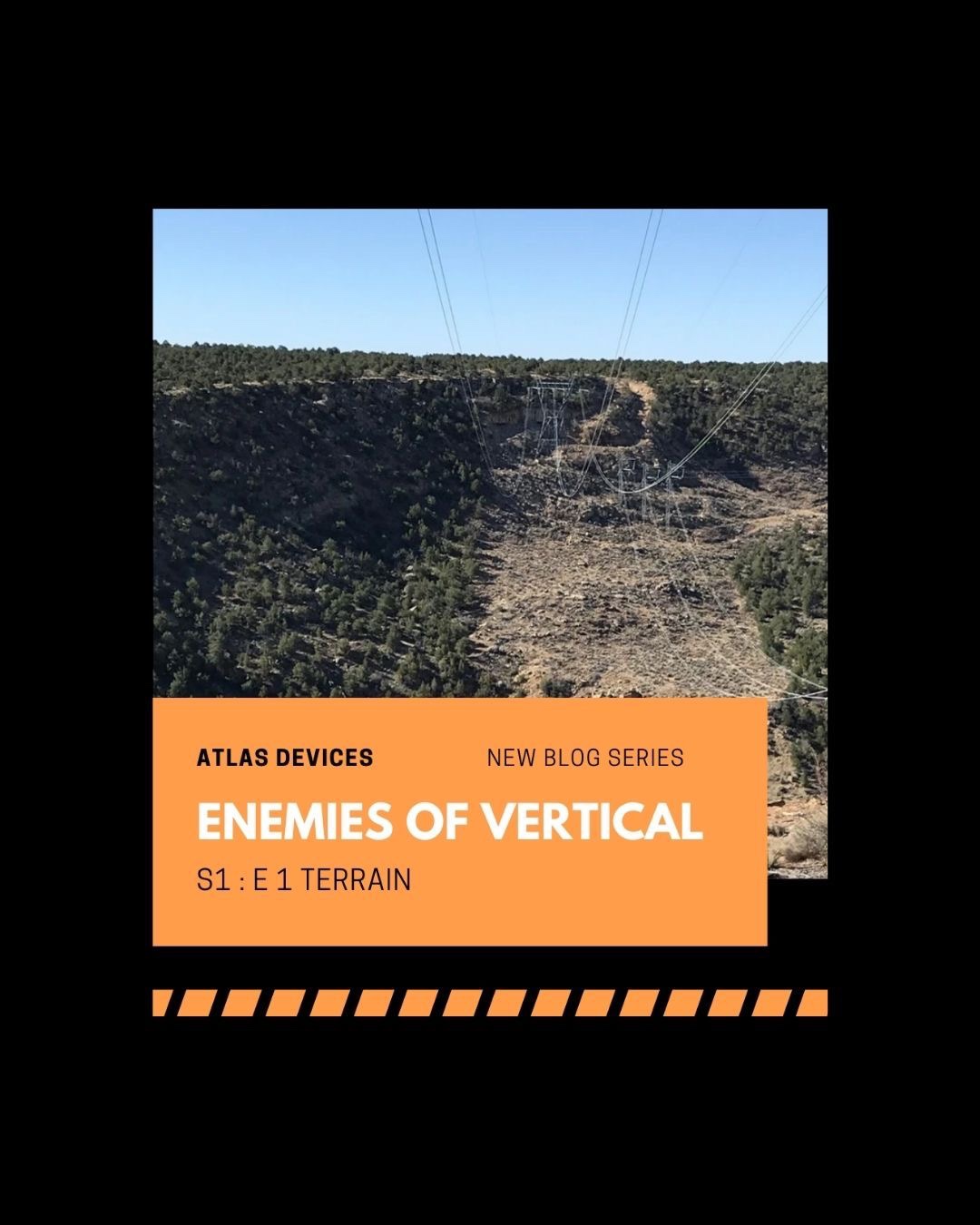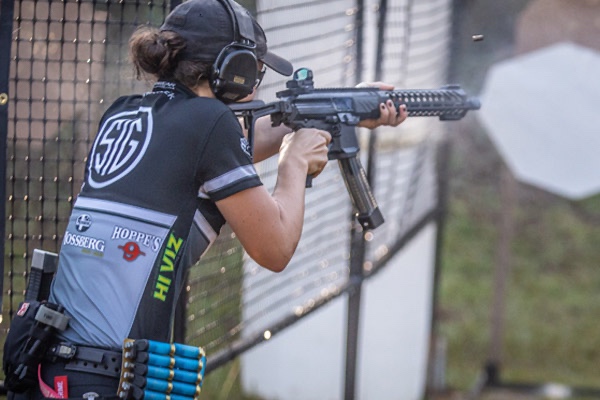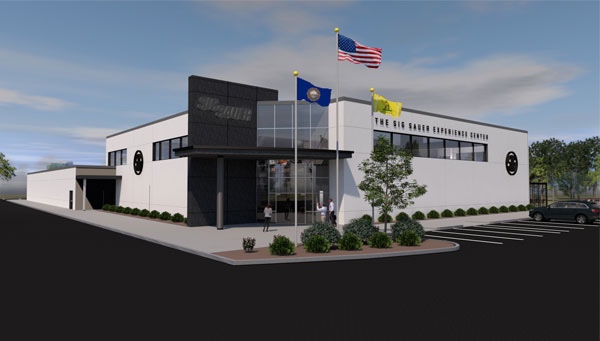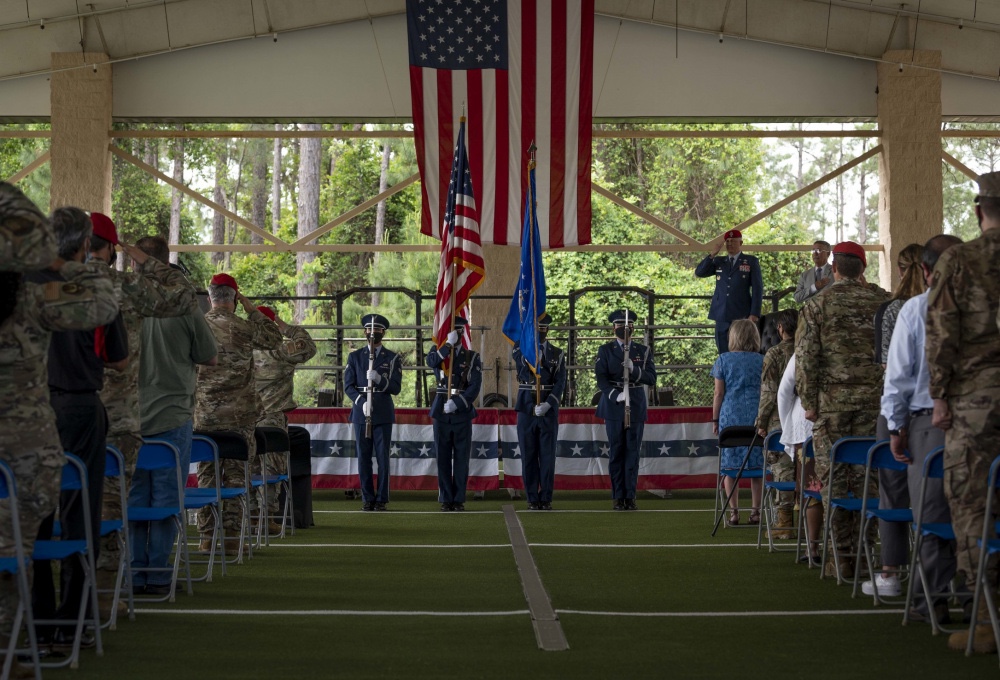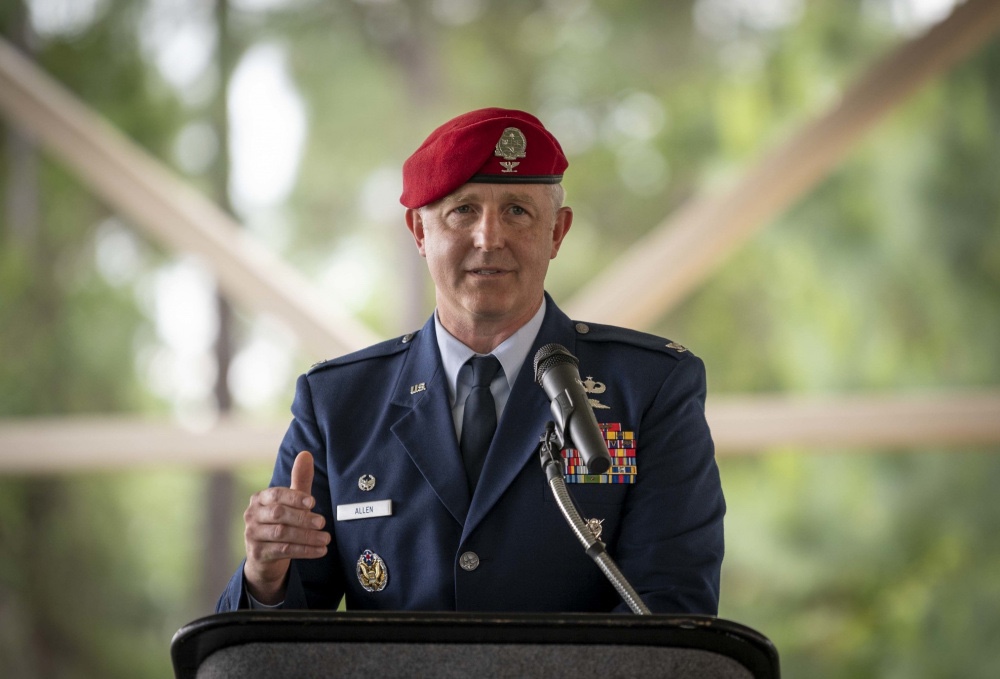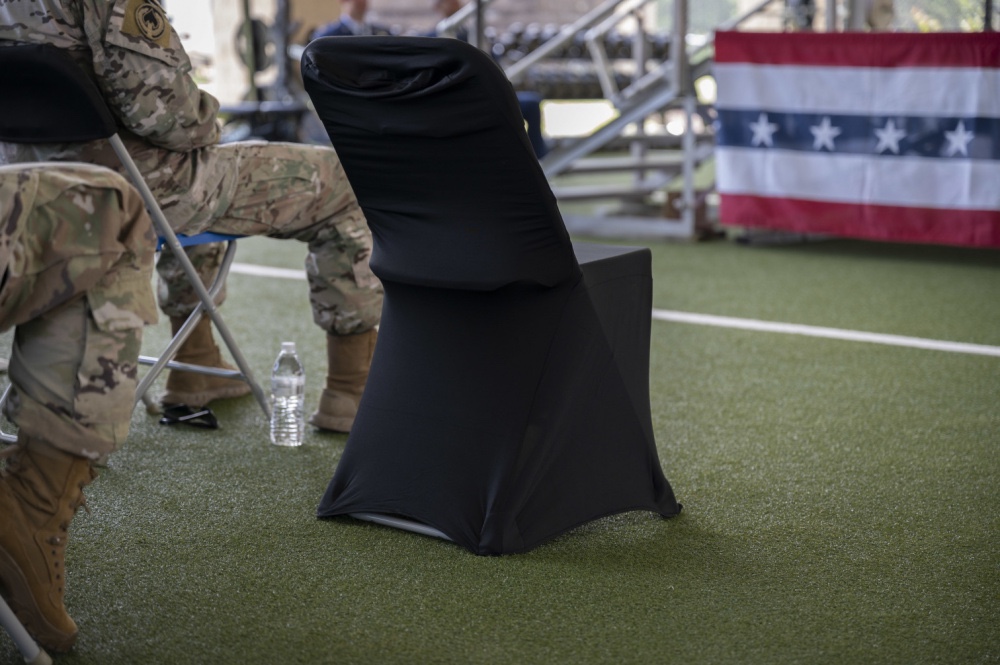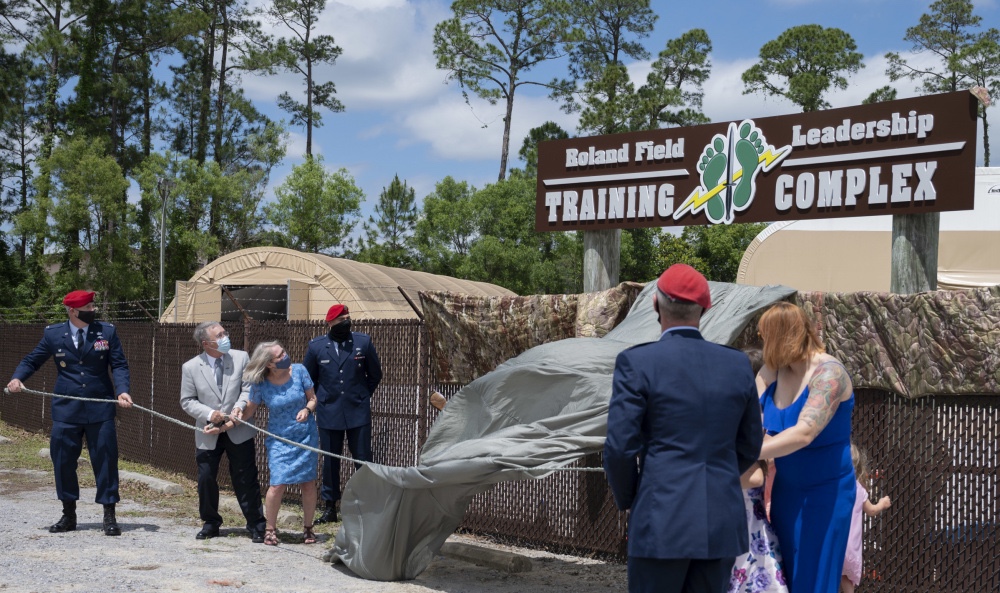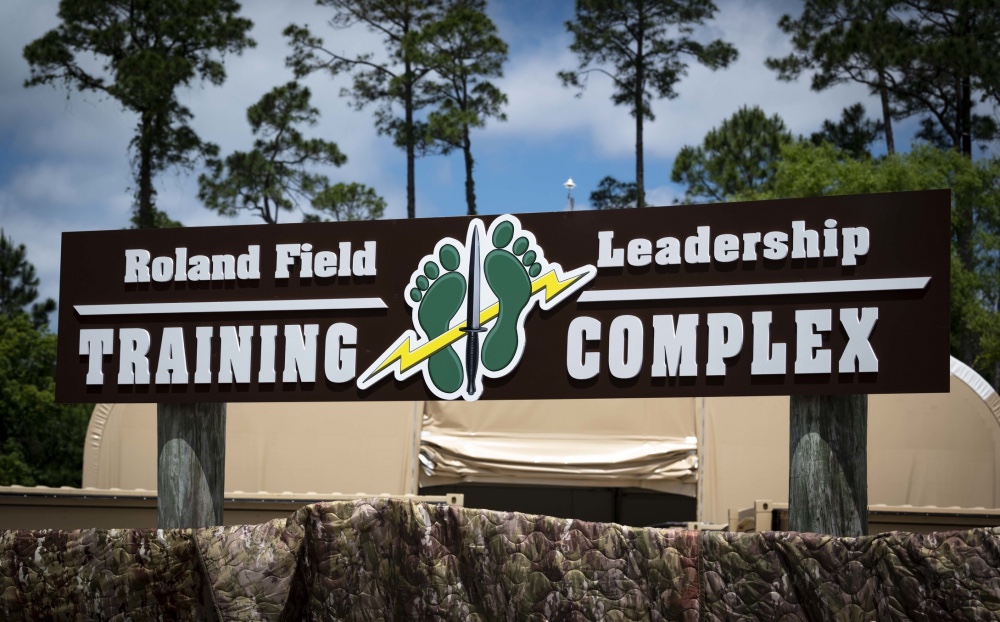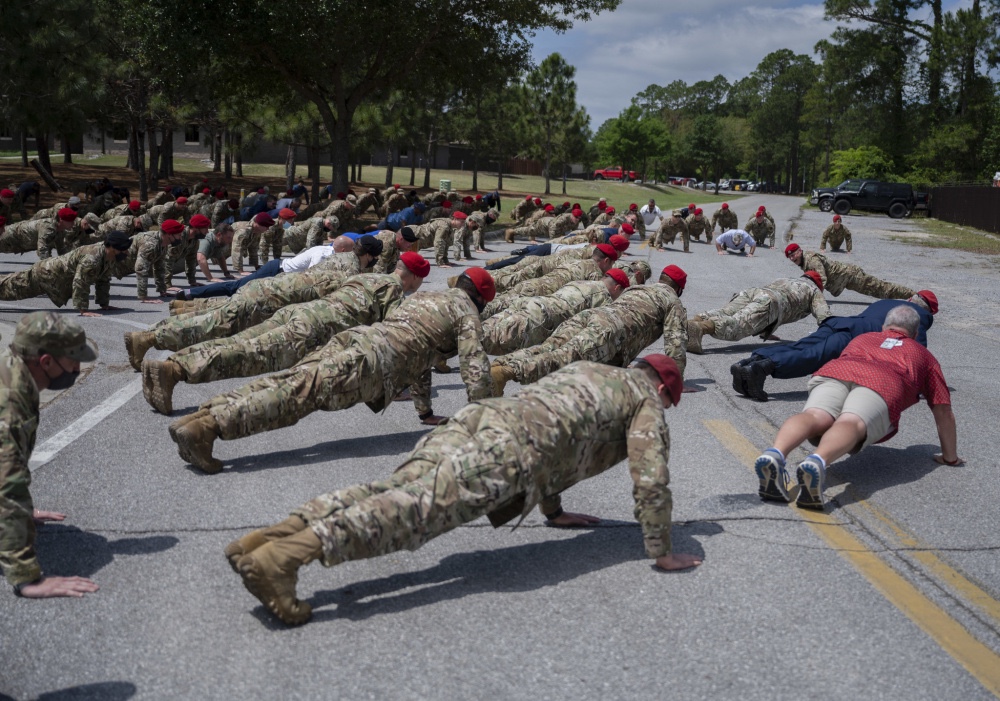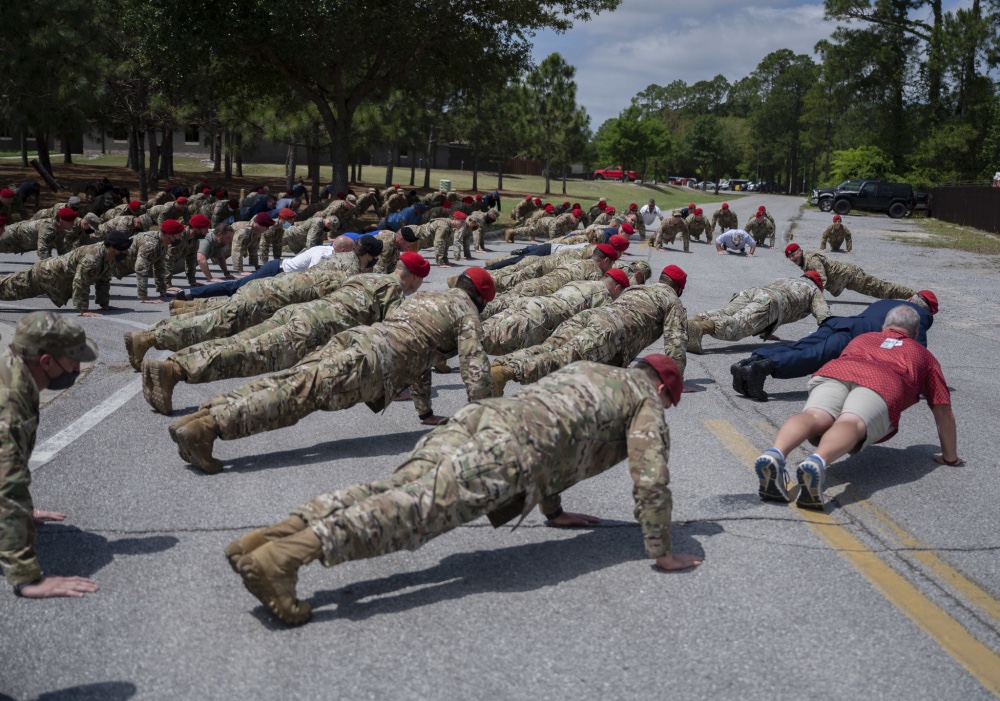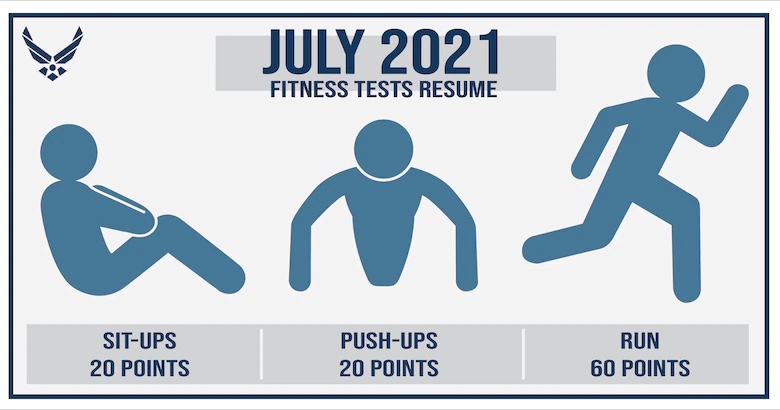
WASHINGTON (AFNS) —
The Air Force will resume physical fitness testing July 1 with only three components: push-ups, sit-ups and the 1.5-mile run.
Without the waist measurement as a scored component, push-ups and sit-ups will increase from 10 to 20 points each, while the 1.5-mile run will remain at 60 points. Scoring will fall into five-year age groups, as opposed to the previous 10. Updated charts can be found here.
The waist measurement will no longer be required as part of the physical fitness test but a separate assessment of body composition, as required by DoD Instruction 1308.3, will continue starting in October. Testing for body composition may continue to use some form of waist measurement and may be administered during PT testing to reduce scheduling and administrative burdens, but body composition will not be a component of the PT test itself. Further details on the body composition program will be released at a later date.
The Air Force has also worked on alternative strength and cardiovascular testing exercise options with plans to announce them in the coming weeks. Once announced, members and fitness monitors will have approximately six months to familiarize themselves with use and execution of the alternative testing options prior to having them available in January 2022. Members will have a choice of which testing options they choose for their physical fitness assessment components. The six-month timeline will help ensure fitness assessment cells are prepared to train physical training leaders to administer tests using the new options.
“We are moving away from a one-size-fits-all model,” said Air Force Chief of Staff Gen. CQ Brown, Jr. “More testing options will put flexibility in the hands of our Airmen – where it belongs. We know not all Airmen maintain their fitness the same way and may excel in different areas. Alternate components provide choices while still providing a mechanism to determine overall fitness.”
These changes align under the Air Force’s Action Order Airmen, people-first approach.
“Physical fitness is an important part of our everyday lives, it’s more than just a test – it’s a way of life, our readiness and ultimately our future success,” said Chief Master Sgt. of the Air Force JoAnne S. Bass. “July 1st is a chance to refocus on building a lifestyle of fitness and health, and I know our Airmen will be ready.”
For additional information, Airmen can visit myPers or the Air Force’s Personnel Center’s fitness program page.
The Space Force will follow these policies until service-specific fitness policies are developed and fielded.
Secretary of the Air Force Public Affairs


